The release is likely to come shortly after Prime Minister Fumio Kishida meets with US President Joe Biden and South Korean President Yoon Suk-yeol in the US next week. The meeting is meant to explain the safety of the treated water.
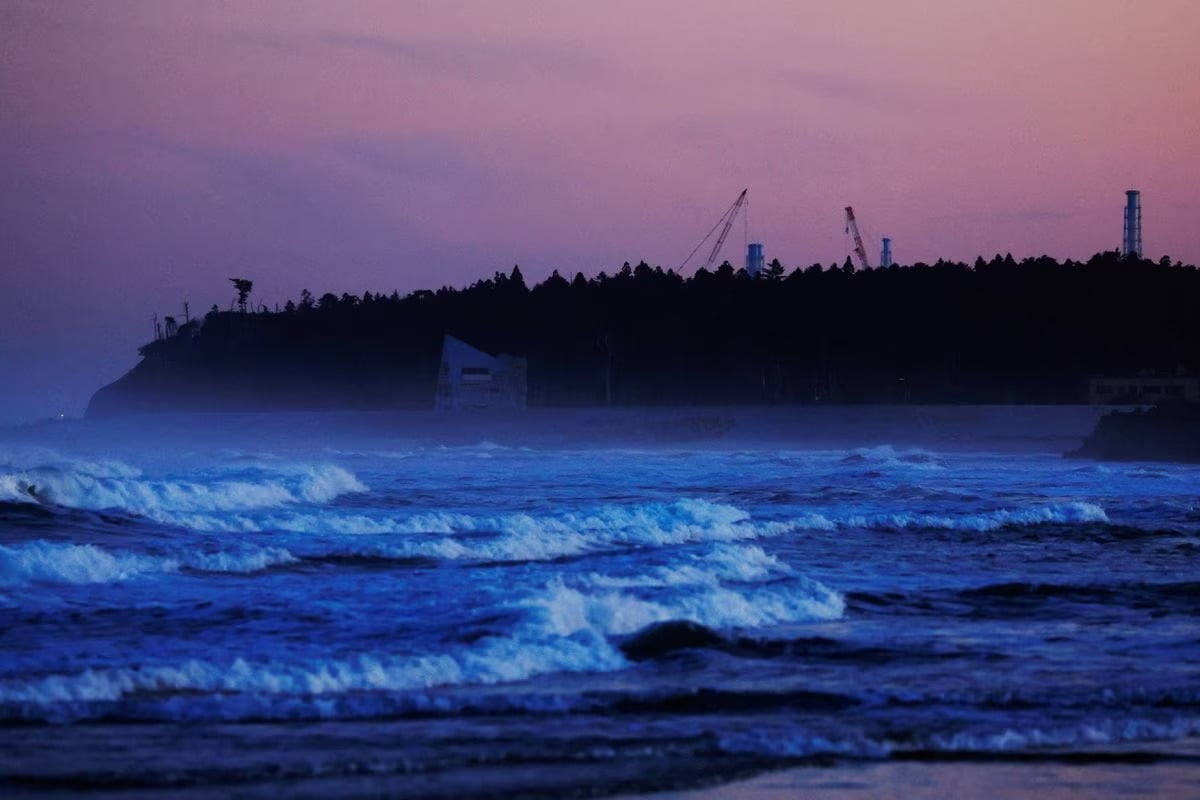
Fukushima Dai-ichi nuclear power plant seen from afar. Photo: Reuters
Japan's nuclear regulator last month approved operator Tokyo Electric Power to begin releasing the water - which Japan and the International Atomic Energy Agency (IAEA) say is safe, but which neighboring countries fear could contaminate food supplies.
Bottom trawling is expected to begin off Fukushima, northeast of Tokyo, in September, and authorities aim to release the water before the fishing season begins, the Asahi Shimbun daily said.
On March 11, 2011, a nuclear accident occurred at the Fukushima Daiichi Nuclear Power Plant in Okuma town, Fukushima prefecture on the eastern coast of Japan, about 220 km from Tokyo.
The immediate cause of the disaster was the Tohoku earthquake, which had its epicenter about 100 kilometers from the power plant, which triggered a powerful tsunami. Waves 13 to 14 meters high hit the Okuma coast and the power plant, knocking out power and damaging emergency diesel generators.
This caused the reactor’s cooling system to fail, causing the nuclear fuel in three of the reactors to overheat and melt. The ensuing explosions rocked the power plant on March 14 and 15, causing a fire in one reactor and releasing radioactive material into the atmosphere and the sea.
Japanese authorities responded quickly to prevent the disaster from spreading, evacuating nearly half a million people within a 20-kilometer radius of the plant. After successfully stopping the disaster, the Japanese government announced a roadmap to deal with the Fukushima nuclear accident, with the goal of completely dismantling the four reactors within 30-40 years.
The IAEA classified the Fukushima disaster as a level 7 disaster, the highest level, and the second most serious nuclear disaster in history - after the accident at the Chernobyl nuclear power plant in Ukraine in 1986.
Mai Anh (according to Reuters)
Source


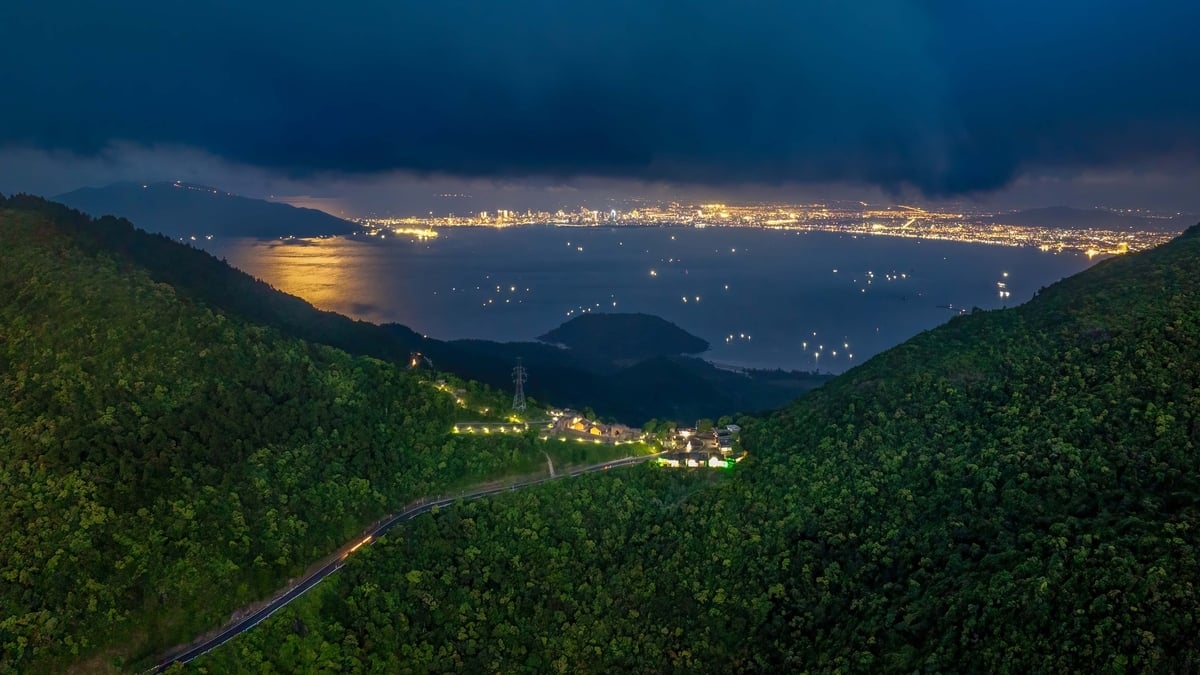
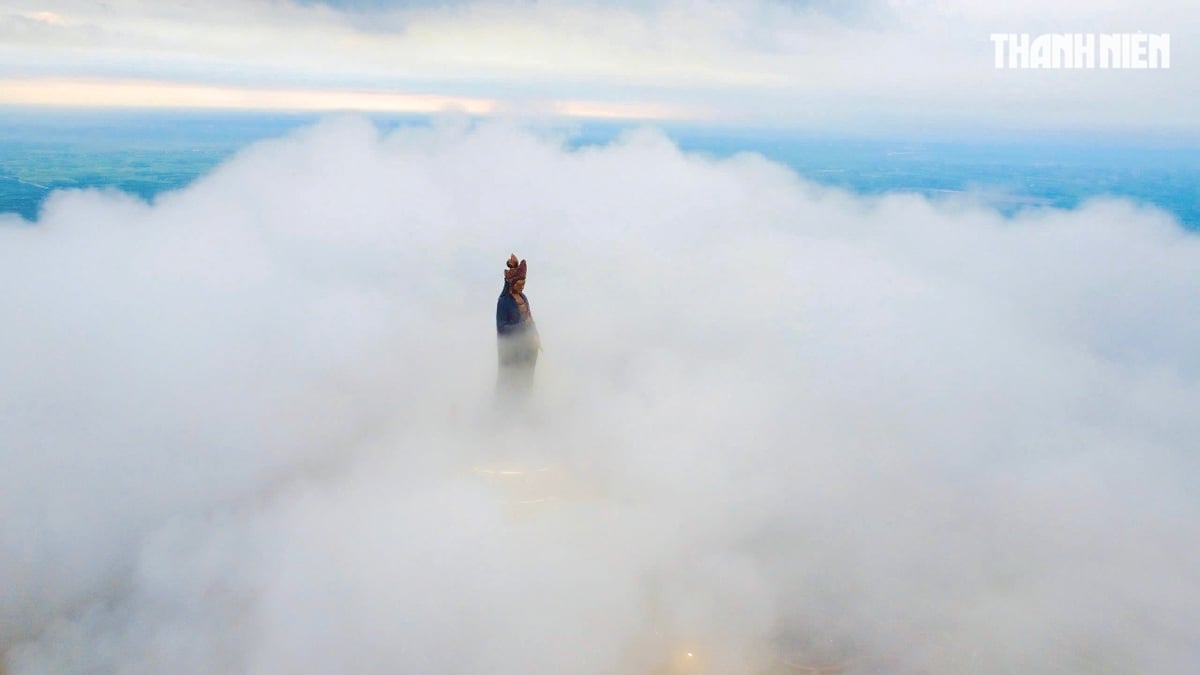
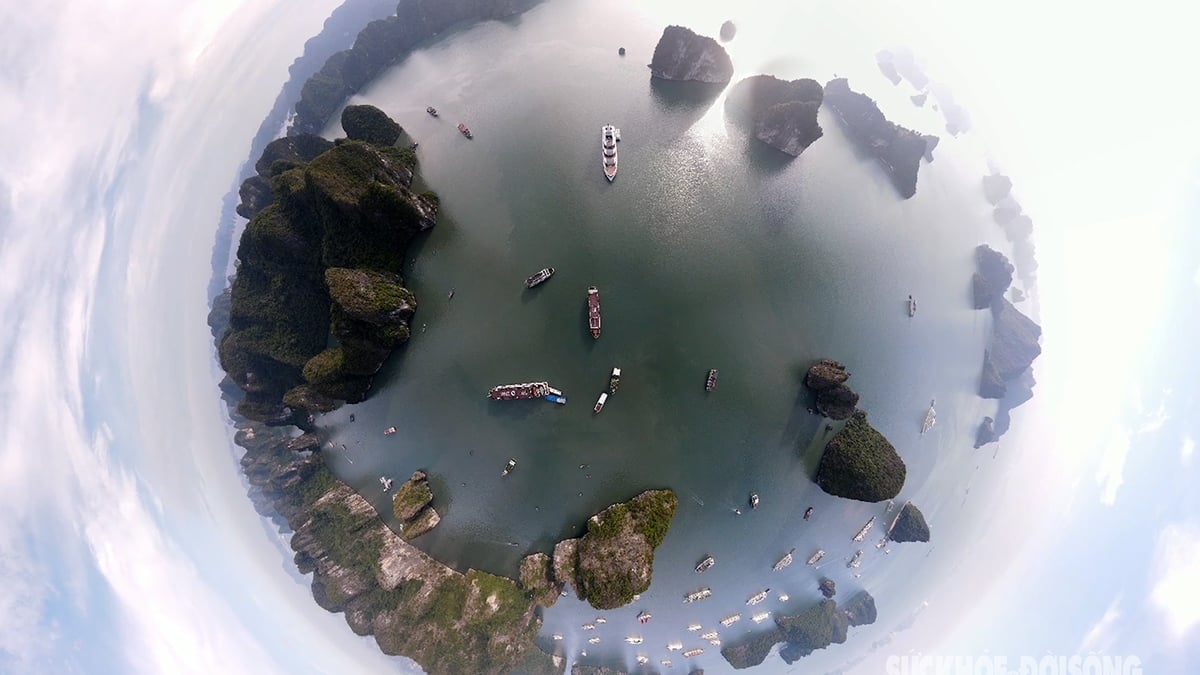
![[Photo] Prime Minister Pham Minh Chinh chairs a meeting on the implementation of the Lao Cai-Hanoi-Hai Phong railway project.](https://vphoto.vietnam.vn/thumb/1200x675/vietnam/resource/IMAGE/2025/5/20/0fa4c9864f63456ebc0eb504c09c7e26)

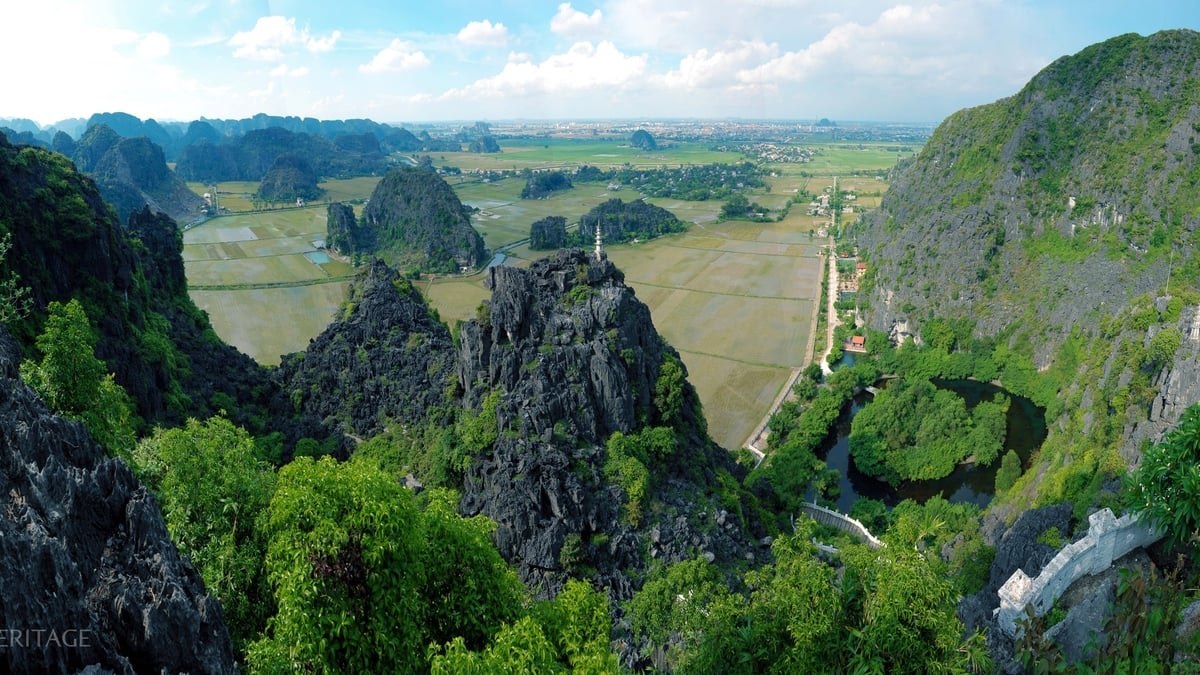



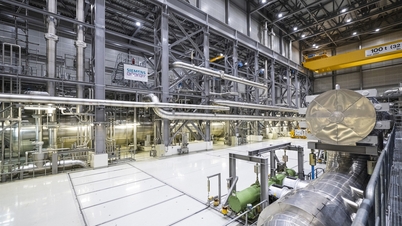


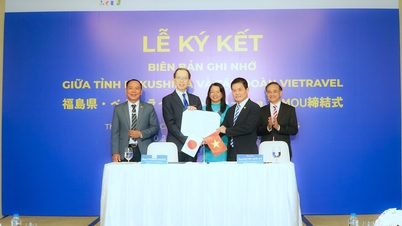


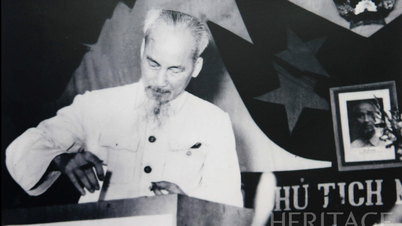

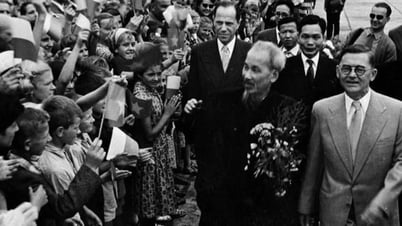

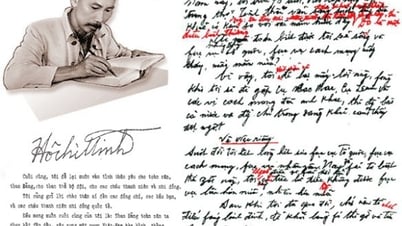




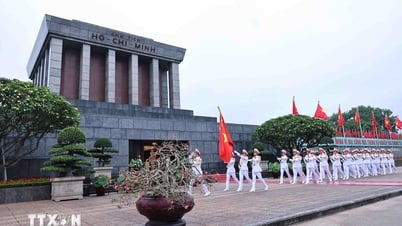



















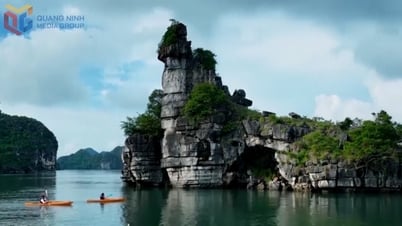












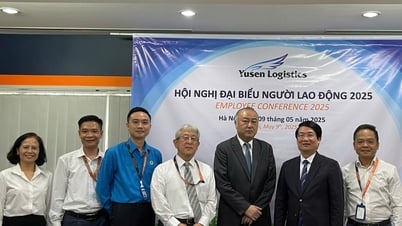

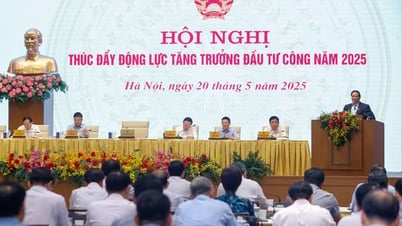






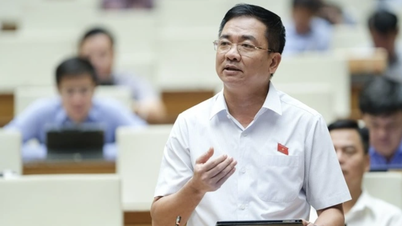
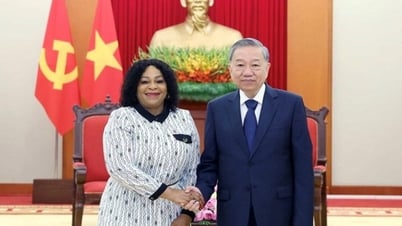
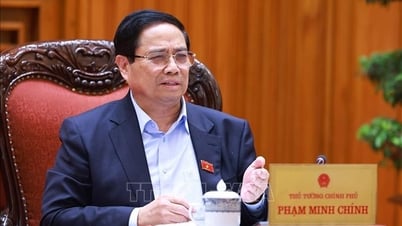

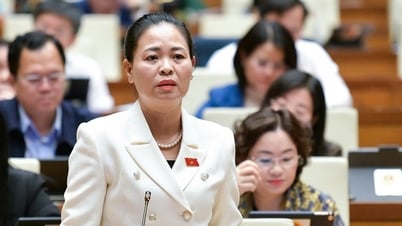
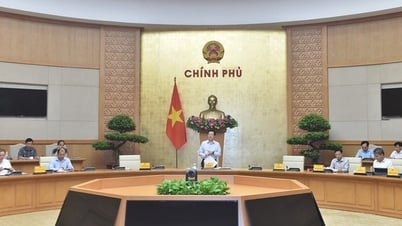

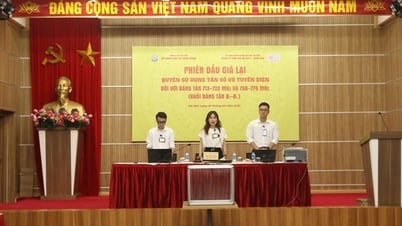

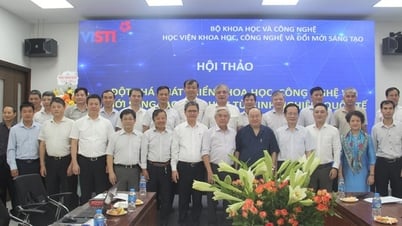
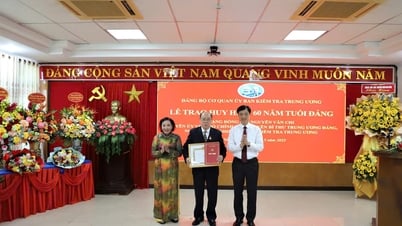

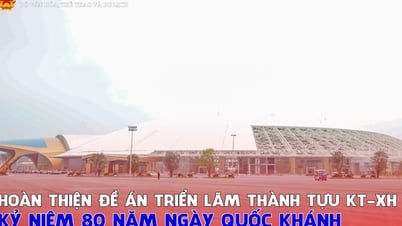
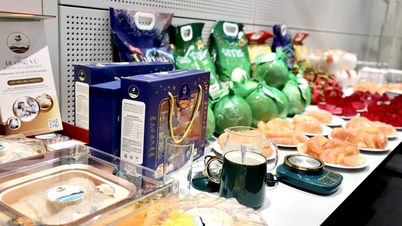



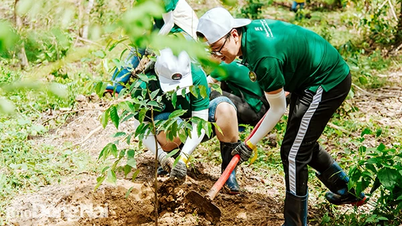

















Comment (0)